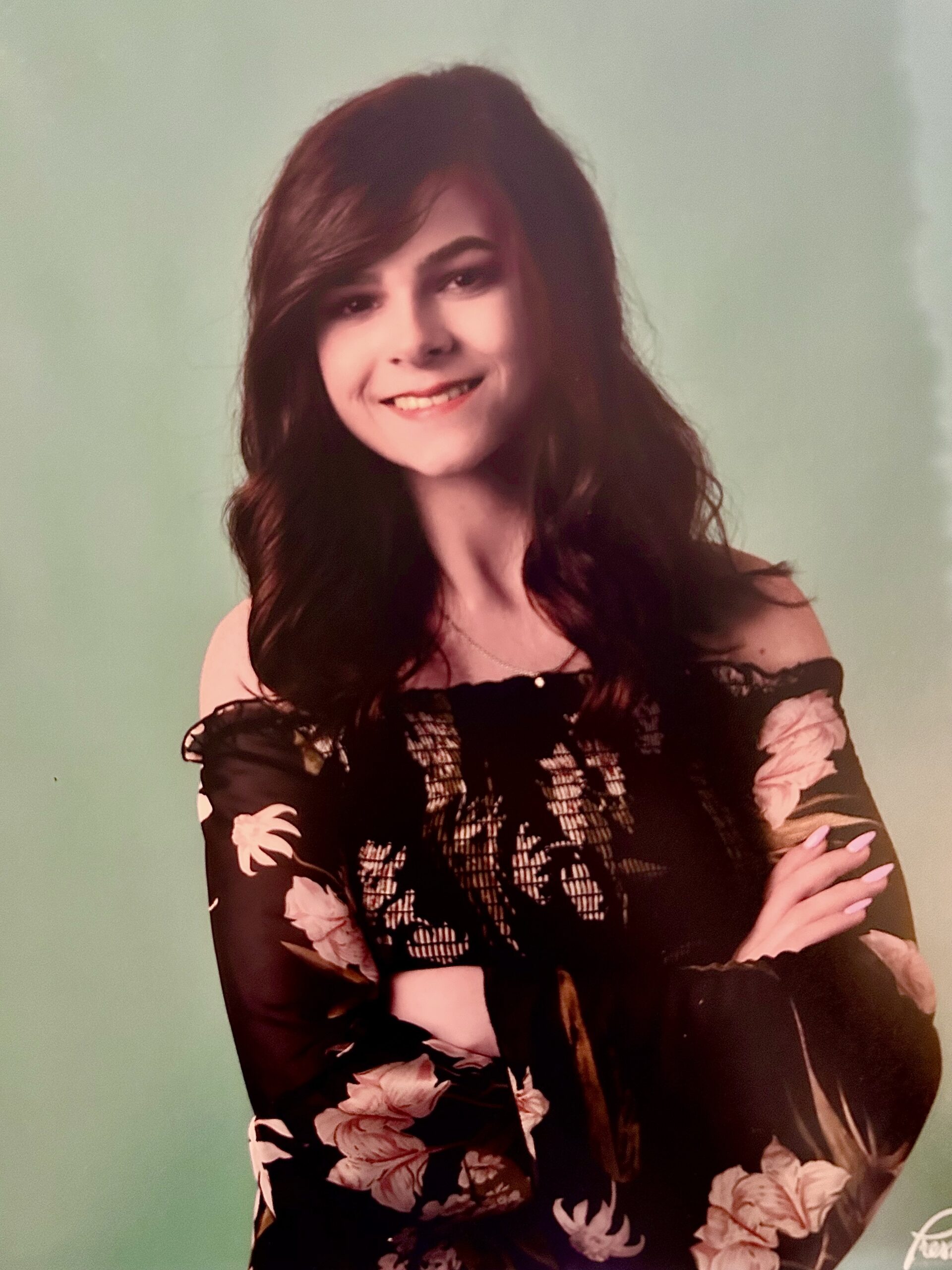
The emergence of on-demand freelance platforms has brought about a significant upheaval in the storytelling industry. These platforms are becoming more than just intermediaries; they are becoming potent tools that democratize access to narrative services on a global scale. Using meticulous planning and a relentless pursuit of excellence, authors and clients collaborate to create stories that are dynamic examples of group creation. The future of storytelling is emerging as a dynamic and inclusive experience, paving the way for a revolution in narrative construction as varied perspectives come together on these platforms.
On-Demand Storytelling Platforms
The rise of platforms like Fiverr marks a significant shift in how stories are created and consumed. These platforms, acting as dynamic marketplaces for writers, surpass their role as mere facilitators of creative exchanges; they emerge as powerful instruments propelling the democratization of access to storytelling services. This democratization, enhanced by the global connectivity facilitated by platforms like Fiverr, Upwork, PeoplePerHour, and Truelancer, has fundamentally transformed the conception and realization of narratives.
The accessibility offered by these platforms goes beyond traditional limitations, facilitating connections and collaborations between writers and clients from diverse backgrounds worldwide. Whether hailing from Mexico, Denmark, Estonia, or any corner of the globe, both sellers and buyers can engage, breaking down geographical constraints and fostering an exchange of cultural perspectives. This global interconnectivity transforms storytelling into a collaborative endeavor where diverse voices converge, giving rise to narratives inspired by a mosaic of cultures, languages, and lived experiences.
The democratic nature of these platforms goes beyond geographical inclusivity to address accessibility on multiple fronts. By providing a level playing field for writers of varying expertise and backgrounds, these platforms empower storytellers who might not have had traditional avenues to showcase their skills. This democratization of opportunities ensures that a spectrum of voices contributes to the evolving narrative landscape.
The creative process revolves around writer-client interactions in the complex dance of on-demand narrative. Examining these connections’ dynamics is more than just working together; it’s a complex conversation in which knowing the expectations and preferences of the customer is crucial. See “How to Make Money on Fiverr, According to 5 Freelance Writers” for helpful advice on navigating the freelancing world and optimizing profits on sites such as Fiverr. These firsthand accounts illuminate effective tactics and serve as a priceless tool for writers seeking to establish rapport, satisfy clients, and improve their expertise in the field of on-demand storytelling.
The Collaborative Nature of On-Demand Storytelling
In on-demand storytelling, clients and writers engage in a thorough process of collective brainstorming. This involves a deep exploration of every aspect of the narrative, from character characteristics to the backgrounds of fictional worlds. Clients provide detailed outlines that encapsulate the essence of their envisioned story, covering details like the color of characters’ hair to the story of how they lost their parents.
This collaborative venture goes beyond traditional storytelling dynamics. Clients present intricate outlines resembling blueprints, serving as a roadmap for the narrative journey. The process involves a dynamic exchange of questions and clarifications to articulate the vision precisely. Clients, as the architects of their stories, strive for perfection, ensuring every aspect aligns with their intended narrative.
What sets this collaborative narrative creation apart is the unprecedented involvement of clients in shaping their envisioned story. They have the freedom to introduce changes, add details, and influence the narrative direction based on evolving preferences. This level of client engagement marks a departure from traditional storytelling, creating a symbiotic dance where the client’s vision comes to life with meticulous care.
On-demand storytelling platforms have ushered in a new era where collaboration is elevated. The intricate dance between clients and writers, fueled by detailed outlines and a commitment to perfection, results in narratives that are living manifestations of collaborative creativity. This paradigm shift acknowledges the significance of the client’s narrative vision, making each storytelling venture a truly bespoke and engaging experience.
Adding to the significance of this collaborative approach, a noteworthy 76% of consumers affirm their inclination towards personalized brands, as revealed by McKinsey. This profound impact of tailored storytelling extends far beyond mere purchasing decisions, seeping into realms of recommendations and fostering enduring relationships for repeat business. This shift underscores the compelling need for narratives that resonate intimately with the audience, making on-demand platforms pivotal in shaping the future of storytelling.
Diversity in Client Requests
The kaleidoscope of storylines that emerges from the tapestry of client requests on these dynamic platforms reflects the vast diversity of the worldwide community they represent. These platforms provide writers with a wide range of storytelling requirements covering the whole gamut of human experience. The world of on-demand storytelling is vast and eclectic, ranging from moving narratives of actual events that clients themselves have gone through to creative endeavors where clients imagine themselves being seamlessly integrated into their favorite TV shows, unleashing their own sense of havoc in their favorite fictional worlds.
Beyond the confines of the traditional narrative, this variety presents both opportunities and problems. Writers could be asked to create tales that dive into well-known characters from different universes, with clients requesting stories that take these characters in novel and surprising directions. Fanfiction’s terrain continues to grow, incorporating crossovers between characters from different fictional universes, such as the colorful Anime worlds of One Piece and Dragon Ball Z, to the melodrama world of The Vampire Diaries, or the thrilling adventures of Kim Possible. The fact that clients aren’t restricted to pre-existing universes speaks volumes about the limitless inventiveness spurred by their brilliant imaginations. They also commission the development of whole new worlds, which are painstakingly planned out with their own magic systems and subtleties.
Within this broad and varied field, on-demand narrative serves as a medium for the realization of hopes and ambitions, with writers deftly navigating the complexities of their clients’ goals. The art of the storyteller becomes a flexible collection of tools that adjusts to the needs of customers who want stories that go beyond the typical and explore worlds that are limited to their imaginations.
Overcoming Challenges
On-demand storytelling is a collaborative and diversified field that offers a unique set of complex issues in the digital marketplace between customers and suppliers, despite its tremendous rewards. Language boundaries present a significant challenge for writers operating in this complicated environment, possibly impeding the smooth translation of cultural quirks and customer expectations.
As writers attempt to properly connect their creative vision with the details given by customers, misinterpreting their demands becomes a fine line to tread. Another issue is estimating the word count and the amount of time needed to finish the story; this requires finding a careful balance between fulfilling the client’s deadlines and producing a thorough narrative.
Adding to this multifaceted landscape is the nuanced nature of communication. An interesting phenomenon comes to light where women often feel compelled to include exclamation points in their messages to avoid appearing rude, a concern less prevalent for men who can provide concise responses without similar apprehension. This highlights the subtleties woven into the fabric of digital interactions, where gendered expectations impact communication styles in the on-demand storytelling arena.
There’s also the possibility of disgruntled customers requesting cancellations heightens the dynamics of buyer-seller relationships. There’s then a delicate dance to play, with writers having to choose between politely accepting cancellations or negotiating and trying to find a solution. Potential fallout includes the potential for unfavorable evaluations, which would complicate the digital partnership even more and highlight how important it is to live up to customer expectations.
The Future
The popularity of on-demand storytelling services portends a revolution in the craft of narrative writing. These platforms are developing into centers for cutting-edge narrative strategies as they move beyond conventional markets. Fueled by a variety of customer requests, writers are likely to try out novel frameworks and immersive experiences. These platforms are setting the standard for collaboration in the entertainment industry. Filmmaking, gaming, and other industries may follow suit, changing the way viewers engage with media.
The wide range of requests from clients serves as a spark for more inclusive stories, which affects storytelling in television, movies, and books. A new wave of voices may emerge as a result of the democratization of narrative skills, changing the composition of the storytelling community and bringing new viewpoints to creative ecosystems. The teamwork method increases audience participation and may serve as an example for future storytelling that emphasizes group experiences.




